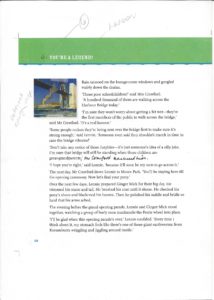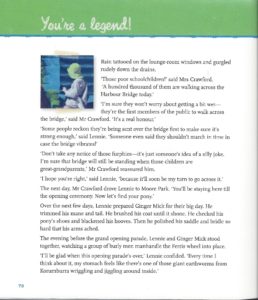Posted on April 15, 2017 in Uncategorized
Call me old fashioned, but I still write the first draft of all my books by hand, using a gel pen and an exercise book! I love the creative flow of words streaming straight from the brain, down the arm and out through the finger tips onto the empty page. And I usually write the whole book all at once, with just the occasional correction as I go.
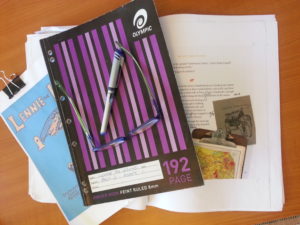
Mind you, with my Heritage Heroes books, before I write I have already spent about six months immersing myself in research, starting with primary sources such as contemporary newspaper reports, articles and memoirs, and then moving on to secondary sources. As I go, I transfer the information onto the computer, organising it into categories such as storyline, characters, settings and timeline. I also collect as many images as I can, as photographs and paintings provide lots of interesting details about the historial period.
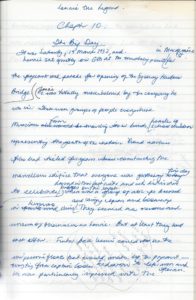
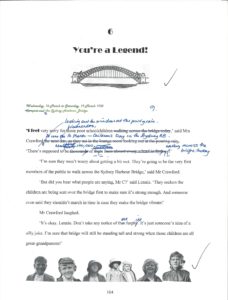
Once the characters start waking me up in the middle of the night having noisy conversations in my head, I know it’s time to get the story down on paper! And that’s when the trusty pen and excercise book come out. Part of the reason why I handwrite the first draft is to avoid editing at this preliminary stage. I just want the story to flow. Also, as a professional editor, it is hard for me to not start editing as soon as I have a few words on the screen, and that sometimes means going over and over the first paragraph without ever moving on! So handwriting it is.
Once the handwritten draft has been transferred onto the computer (often making editorial changes as I type), then editing starts in earnest. When I get to the stage where I know the text needs to be seen by a new set of eyes, then it’s off to the publisher’s, where a copyedit is undertaken by a professional editor. There is then a period of toing and froing, as the manuscript goes between the editor and the author, until we are both satisfied that the text is as good as it can be.
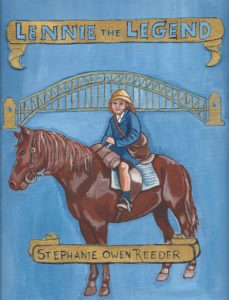
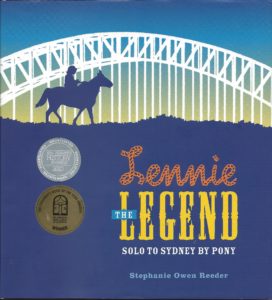
A similar process then occurs between the designer and the author. Then it’s time for proofreading, again done by a professional editor. Finally, with fingers crossed that no errors have been missed by any of us, the manuscript goes off to the printer to become a book! As you will see from the examples above, Lennie the Legend originally had ten chapters, and there was a lot more text than ended up in the final version. I had to do a lot of ‘killing my darlings’ for that one!
I would be interested to hear from other authors about their writing processes. Is there anyone else who, like me, still writes their first draft by hand?
